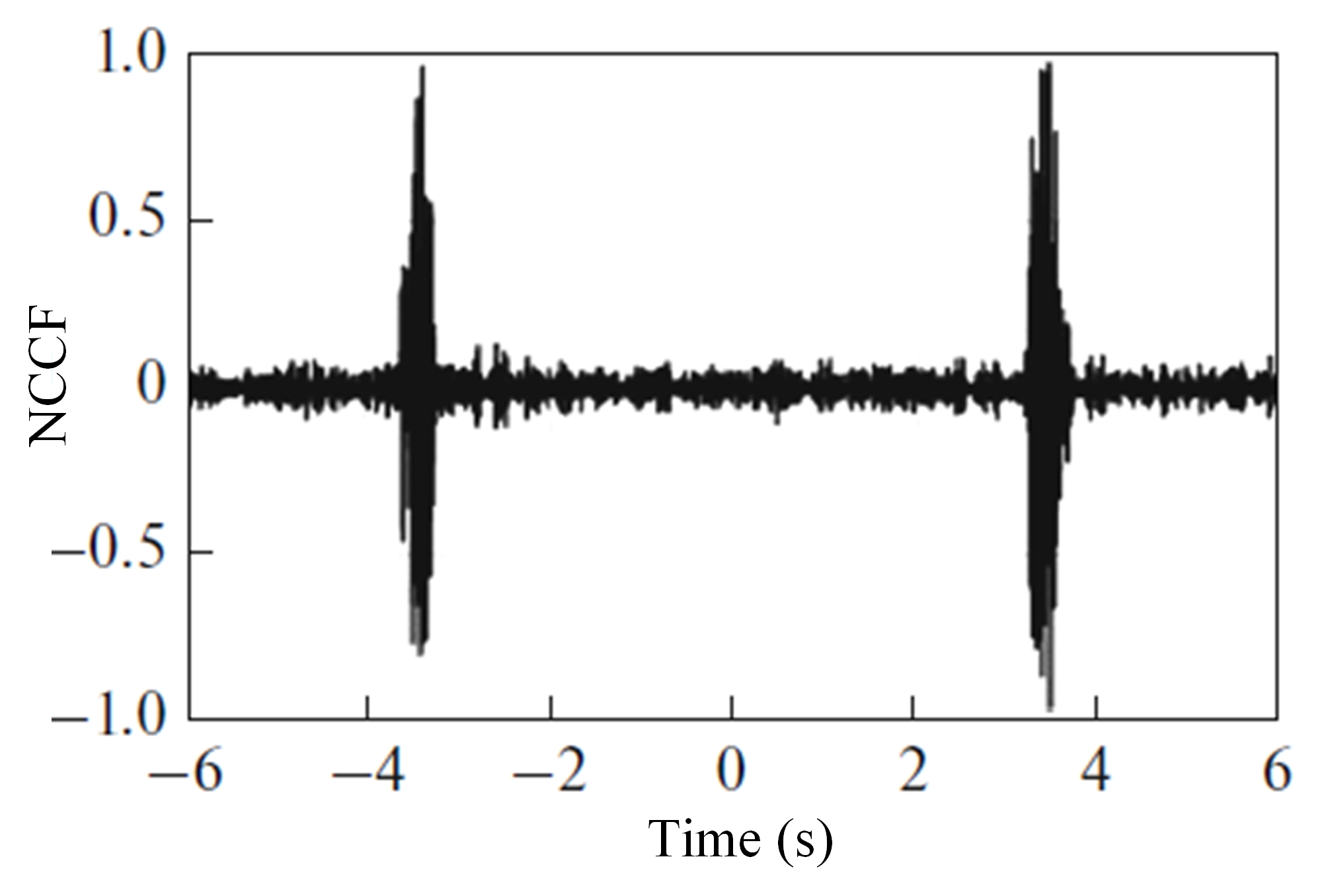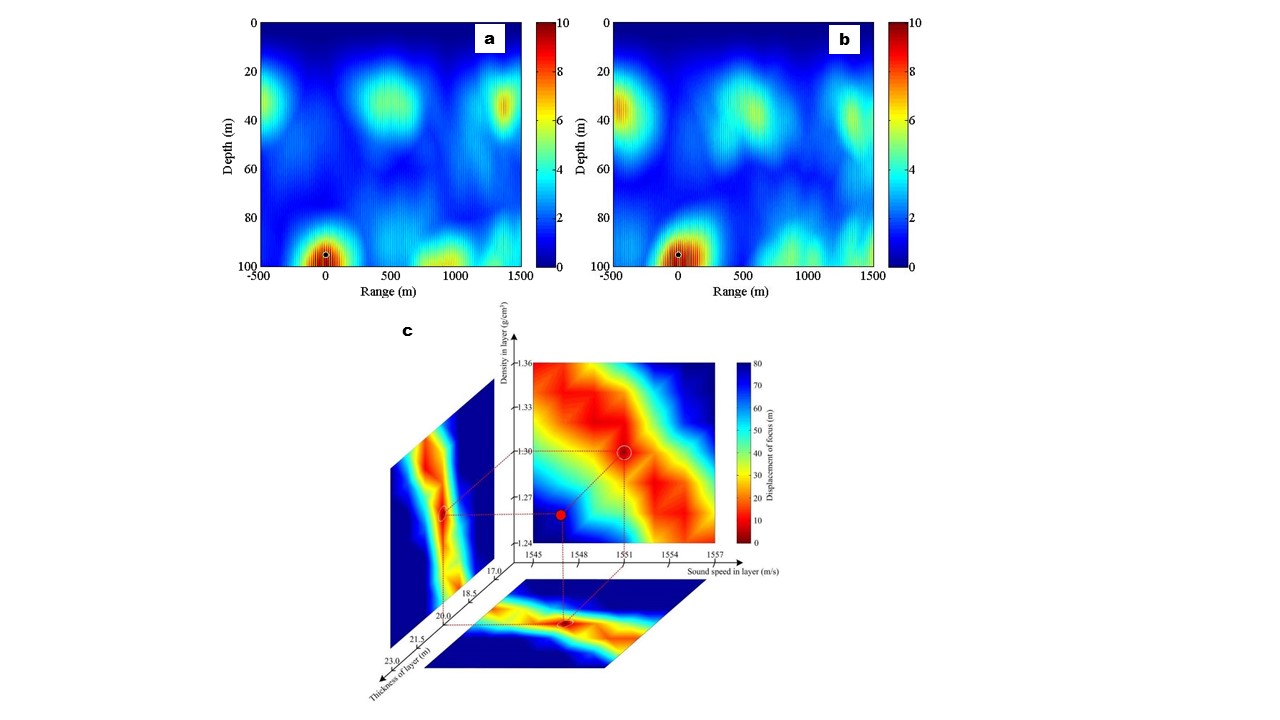Time reversal? Yes, reversing time to see time going backwards.
Time reversal signal processing is a signal processing technique popular in acoustics, resulting from the reversal in time of a system’s response signal.
Applying time reversal to passive acoustic remote sensing of the ocean has recently been achieved by scientists from three countries of the United States, Israel and China.
This research reveals passive time-reversal can work in shallow-water oceanic waveguides at ranges of at least 50 ocean depths. Such ranges are of practical interest for acoustic remote sensing of the water column and the ocean bottom.
The passive acoustic remote sensors retrieve physical properties of the environment from “hearing” of signals generated by powerfully controlled sound sources in the ocean.
Scientists combine the well-known phase-coherent signal processing techniques of noise interferometry and time reversal techniques for passive acoustic remote sensing of the ocean. This novel approach processes records of ambient noise in the ocean that are measured concurrently in spatially separated locations. This approach is conceptually simple and low-cost and generally consists of three steps.
At the first stage of processing, an approximation to the transient acoustic Green's function is found by the method of noise interferometry. The noise cross-correlation function is computed from concurrent measurements of ambient noise of the ocean at locations A and B. For noise fields generated by a large number of spatially distributed random sources, noise cross-correlation function is known to yield an approximation to the transient acoustic Green’s function that describes propagation from A to B.
In the following step, the approximate Green’s function is time reversed and back propagated from the location of one of the receivers, thereby producing a focus in the vicinity of the other receiver. Physically, this process corresponds to modeling of a time reversal mirror. A large diversity of paths is desirable in time reversal mirror applications. The reason for it is increasing the path diversity leads to a sharpening of the focus in the back-propagated field and a reduction of spurious focal side lobes. In this research only two receivers are used in a shallow-water environment. The path diversity is achieved due to the many surface-bottom reflected multipaths that connect the two receivers.
Lastly, the inverse problem is solved by searching over a suitable environmental model parameter space. It is to find the combination of model parameters that optimally focuses the back-propagated sound field in the vicinity of one of the receivers.
The proposed method is applied to the ambient noise recorded by two near-bottom hydrophones in 100 meter-deep water in the Straits of Florida. The noise cross-correlation function is successfully retrieved (see Fig. 1), and the time reversal mirror of ambient noise is performed with variant bottom parameters. After the processes, optimal values of bottom parameters are estimated (see Fig. 2).

Fig. 1 Cross-correlation functions of the ambient noise in the Straits of Florida (Image by O. A. Godin et al.)

Fig. 2 Time reversal of the noise cross correlations measured in the Straits of Florida. The negative (a) and positive (b) time delay parts of the noise cross-correlation function are back propagated in the optimal environmental model. Panel (c) shows the absolute value of the horizontal displacements of the main focus from the virtual sound source, which are caused by deviations of the sound speed, density, and thickness of the sediment layer from their optimal values (Image by O. A. Godin et al.).
Passive acoustic techniques do not contribute to noise pollution in the ocean, have no impact on marine life, and are inherently environmentally friendly. Moreover, with the generation of probing acoustic signals being superfluous, field experiments become more affordable.
The robustness of passive time reversal and the promise of using single-element time-reversal-mirrors suggest that a low-cost ocean-monitoring system based on ambient-noise interferometry is feasible.
Funding for this research came from the National Science Foundation, grants OCE1129860 and OCE1129524; the Office of Naval Research, grant N00014-12-10182; and the National Natural Science Fund of China and the Russian Foundation for Basic Research through grants NSFC 11434012 and RFBR-NSFC 14-05-91180.
Reference:
Oleg A. Godin, Boris G. Katsnelson, QIN Jixing, Michael G. Brown, Nikolay A. Zabotin, and ZANG Xiaoqin. Application of Time Reversal to Passive Acoustic Remote Sensing of the Ocean. Acoustical Physics (Volume 63, Issue 3, May 2017, pp. 309–320).DOI: 10.1134/S1063771017020038
Contact:
QIN Jixing
State Key Laboratory of Acoustics, Institute of Acoustics, Chinese Academy of Sciences, 100190 Beijing, China
E-mail: qjx@mail.ioa.ac.cn


